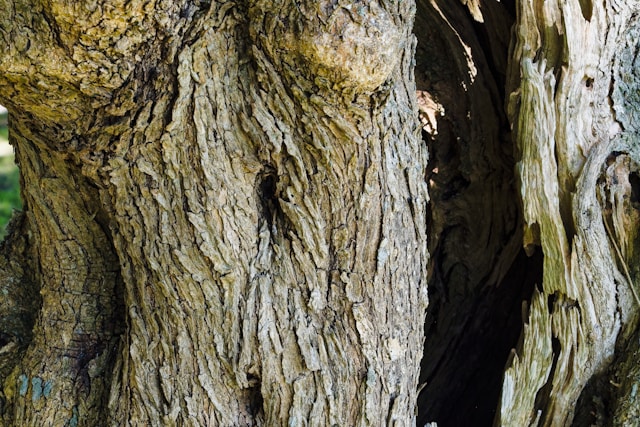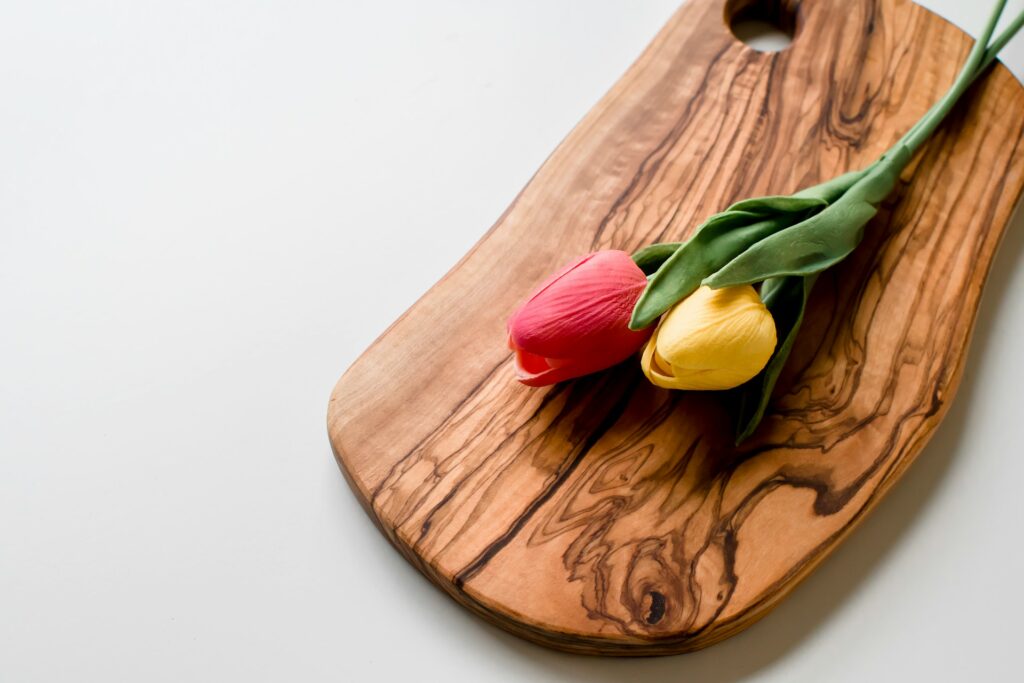Address
Sakiet Ezzit 3021, Sfax, Tunisia
Work Hours
Monday to Friday: 8AM -5PM
Address
Sakiet Ezzit 3021, Sfax, Tunisia
Work Hours
Monday to Friday: 8AM -5PM

Olive tree wood is one of the most luxurious and sought-after types of wood in the world. From exquisite kitchenware to high-end furniture, it stands out for its beauty, durability, and historical significance. But why does olive tree wood come with such a hefty price tag? In this article, we’ll explore 11 reasons why olive tree wood is so expensive and why investing in it is worth every penny.



The olive tree grows at an exceptionally slow rate. Unlike fast-growing softwoods like pine or fir, an olive tree can take decades or even centuries to reach maturity. This slow growth results in dense, high-quality wood but also means that supply is limited. Since the harvesting process is long and unpredictable, it naturally drives up the cost.
Unlike other tree species cultivated specifically for timber, the olive tree is primarily grown for its fruit. Farmers prioritize olive oil production over cutting down trees for wood. This dual-purpose nature of the olive tree further restricts the supply of olive tree wood, making it rarer and, consequently, more expensive.
Harvesting olive tree wood is a meticulous and labor-intensive process. Since the olive tree is not traditionally grown for timber, the wood comes from pruning or naturally fallen trees. Skilled workers must carefully extract usable sections, ensuring sustainability while maintaining the integrity of the tree. This extra effort increases the overall cost of production.
One of the main reasons people love olive tree wood is its distinct grain patterns. Each piece has a unique swirling design, giving it a natural artistic appeal. This uniqueness makes it highly desirable for crafting luxury items, from handcrafted furniture to premium kitchen tools, adding to its exclusivity and price.

Olive tree wood is exceptionally dense and hard, ranking higher than most hardwoods on the Janka hardness scale. This durability makes it resistant to scratches, dents, and wear over time. Because it’s so tough, working with it requires specialized tools and expertise, which increases production costs.
Once harvested, olive tree wood requires extensive processing. It must be properly dried to prevent cracking or warping. Air-drying olive tree wood can take several years, and kiln drying requires precise control to maintain quality. Any imperfections during this process can lead to significant material loss, making it even more costly.
Due to concerns about deforestation and sustainability, olive tree wood is often sourced from pruned branches or dead trees. Ethical sourcing practices ensure that no live olive trees are unnecessarily cut down, but they also limit supply. Sustainable harvesting means that production remains small-scale, keeping prices high.
Crafting products from olive tree wood is not a mass-production process. Whether it’s bowls, utensils, cutting boards, or furniture, each item is typically handmade. Skilled artisans take time to shape, sand, and finish the wood, ensuring that every piece meets high-quality standards. The craftsmanship involved significantly adds to its value.
Despite its high price, olive tree wood products are in high demand worldwide. The combination of beauty, durability, and sustainability makes it a top choice for home décor, kitchenware, and even religious artifacts. As demand continues to grow while supply remains limited, prices naturally rise.
Olive tree wood has natural antibacterial properties, making it a preferred material for kitchen items such as cutting boards and spoons. It also has a high oil content, which provides resistance to moisture and prevents it from absorbing odors. These qualities enhance its longevity and desirability, adding to its cost.
The olive tree has deep cultural and historical roots. Used in religious artifacts, sculptures, and high-end furniture for centuries, it carries a sense of tradition and prestige. Many collectors and artisans value it not just for its physical properties but for its historical importance, further driving up its price.
Absolutely! While olive tree wood is expensive, its durability, beauty, and uniqueness make it a worthwhile investment. Whether you’re looking for long-lasting kitchenware, elegant home décor, or a timeless furniture piece, olive tree wood offers a combination of function and artistry that few other materials can match.
Understanding the factors behind the cost of olive tree wood helps us appreciate its true value. From slow growth and limited supply to craftsmanship and cultural significance, every aspect contributes to its premium price. Next time you see an olive tree wood product, you’ll know why it’s worth every cent!
Did you enjoy this article? Share your thoughts in the comments below, and let us know which olive tree wood product you love the most!